Celebrating Spring in Japan: Exploring Hinamatsuri and Other March Events
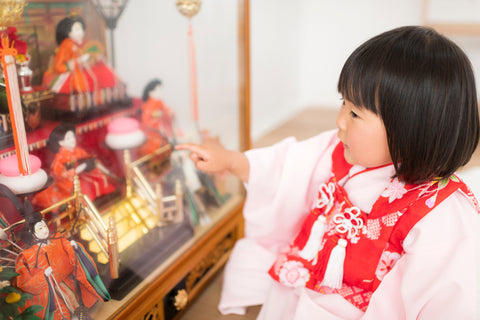
This spring, religion meets tradition as we unveil one of Japan’s most beloved events, Hinamatsuri. Discover the meaning and essence of the Japanese doll festival. Let’s help you capture the spirit of spring in Japan.
Hinamatsuri: Japan's Doll Festival

Hinamatsuri is a public holiday in Japan observed on the 3rd of March every year. It’s called Girl’s Day or Doll Festival and originated in the Shinto religion, Japan’s native religion. Hinamatsuri may be a religious holiday, but on this day, everybody in Japan celebrates it. Much like other Shinto-related days like the Autumn Equinox Day, the government has made Hinamatsuri a national holiday. This is unsurprising if you consider the fact that about 70% of the people in Japan are Shinto believers.
The main purpose of Hinamatsuri is to pray for young girls (aged 18 or younger) to have good health, joy, and prosperity. It’s a lot like Japanese Children’s Day but with a focus on celebrating female children. In the past, Children’s Day was the Hinamatsuri counterpart for celebrating boys. Japan believes in celebrating all age groups and genders. Even the elderly are not left out with Respect for the Aged Day coming on September 15.
So, what do dolls have to do with Girl’s Day? Those are called hina dolls or hina-ningyo, and they are believed to ward off evil and misfortune. They are a core part of the festival due to their cultural significance and symbolism, which we’ll get into soon enough.
What is Hinamatsuri: Unraveling the Traditions and Symbolism
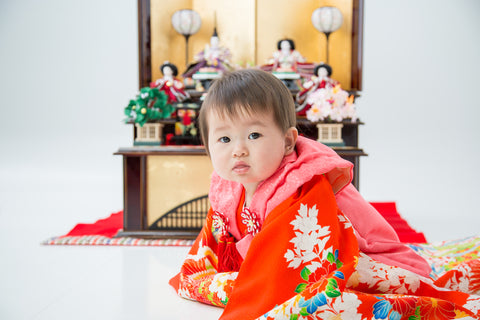
The origin of Hinamatsuri can be traced back to the early 17th century, during the Edo period of Japan’s history (1603–1868). Lots of young children were dying at the time due to diseases and poor health care. In a bid to protect them, adults would create dolls made of paper (hitogata), rub them against their skin, and allow the dolls to float down a river flowing into the sea. This practice was believed to ward off evil spirits. The use of dolls soon evolved to include displaying them on family altars, and the act slowly became a tradition. In 1687, Hinamatsuri became the official name of the festival.
Traditional Hinamatsuri Doll: Hina-ningyo

Today, Hina-ningyo are representations of the Heian era court during an imperial wedding. There’s the Emperor, the Empress, musicians, guards, and court attendants. The dolls are placed on a platform with three to seven tiers. This platform, called hina-dan, may also hold traditional decorations like the Tsurushi-Bina, sake barrels, and peach blossoms.
Hina dolls are displayed to keep bad luck away from the young girls in a household and attract good fortune. Some households only use a three-tier platform with just the Emperor and Empress dolls at the top. The tradition dictates that they set up the hina-dan no later than a week before March 3. Some people use the Emperor's Birthday of February 23 as a reminder to take out the doll display.
Traditional Hinamatsuri Foods
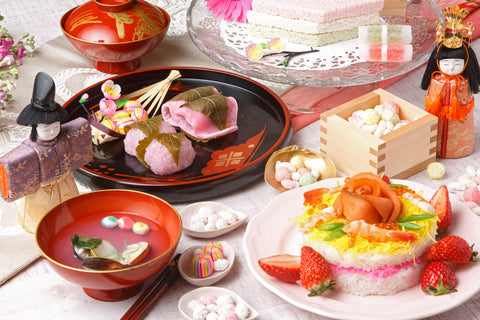
What’s a Japanese holiday without an associated traditional dish? Hinamatsuri doesn’t disappoint, as during the festival, family and friends gather to enjoy special dishes like chirashizushi, hishi mochi, hamaguri clam soup, hina-arare, and daifuku. We’ll discuss more about typical Hinamatsuri foods later in this post.
Spiritual Impact of Hinamatsuri
Despite all of the festivities, we should never forget that Hinamatsuri is a religious holiday. Families pray for the safety and good health of the girl child. They also wish her good fertility and a successful marriage in the future. A child’s first Hinamatsuri is the most important one in her life. Still an infant, she is dressed in a miniature kimono and presented to her parents and grandparents, who pray for her. The focus of the prayer remains the same: good health, future happiness, and blessings.
Japan in Spring: Embracing the Season of Renewal
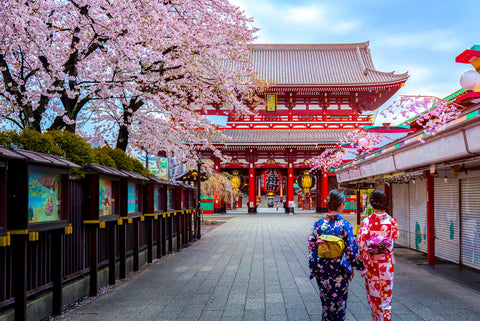
March marks the beginning of springtime in Japan, which lasts until the end of May. The first month of spring (March) is a period of celebrations and festivities for Japanese people, thanks to the sense of renewal that permeates the country. You can’t blame them for feeling that way. Even nature displays signs of revitalization when March comes calling.
As the winter snow begins to melt away, the weather in Japan becomes warmer. Evenings are cool but not freezing, and afternoons are warm but not humid. Even on sunny days, the low humidity allows people to spend as much time outdoors as they like.
Mid to late March also marks the period of cherry blossoms or sakura, when cherry trees in Japan start to approach full bloom. Indigenous people and tourists from all over the world visit parks and riversides to view these flowers, enjoy picnics, and take pictures. The practice is called hanami and is common during the cherry blossom season and the festivals that come with it.
March Festivals in Japan: A Vibrant Tapestry of Culture and Tradition
If you visit Japan in March, it’s highly unlikely that you’ll run out of festivities. There are enough celebrations and national holidays to keep you outdoors throughout your stay. Below are the diverse array of festivals and events held across Japan in March.
1. Hinamatsuri
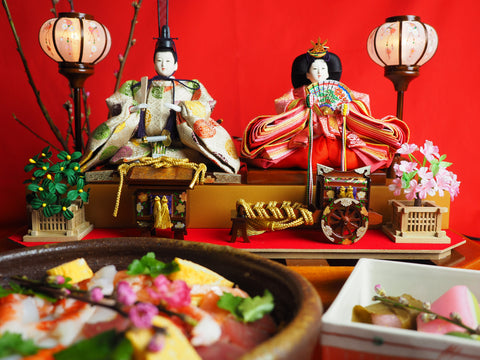
Girl’s Day or the Doll Festival of March 3, is one of the most important Japanese holidays of the year. Households celebrate it in private by holding doll displays, praying, and eating traditional dishes.
2. Cherry Blossom Festivals

Every year, millions of people gather at various hanami spots to view sakura, the embodiment of spring in Japan. Hanami parties involve games, picnics, long strolls, and boat rides during the day or night.
3. Yudate no Shishimai Festivals
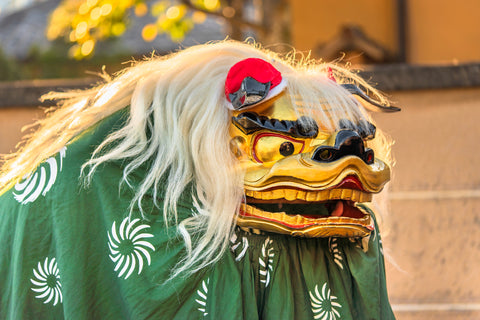
Lion dance festivals happen in Shizuoka Prefecture. Hakone and Gotemba are the only two towns where you can see this cultural treasure. Someone dressed in a traditional lion costume dances and sprinkles hot water from a large cauldron while praying for the crowd.
4. Mount Takao Fire Walking Festival
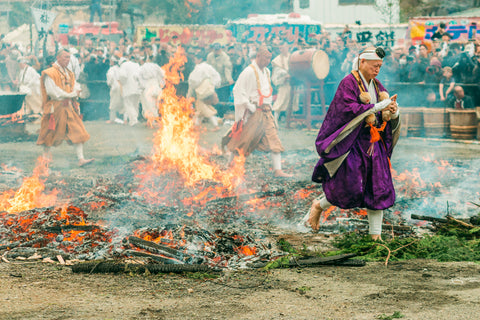
On March 10 at Mount Takao, you can see people walking on fire live. This is part of a ritual to honor mountain monks in the area. The mountain is also a popular hiking spot.
5. Jindaiji Temple Daruma Festival
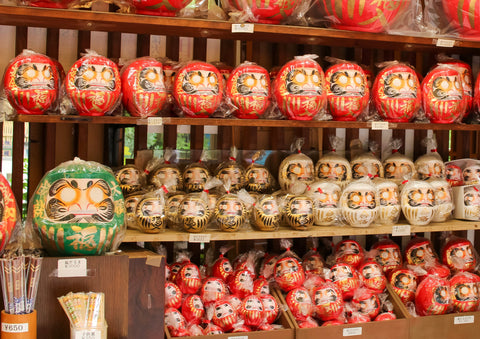
A daruma is a paper-mache Japanese doll believed to bring good luck. There are several daruma festivals in Japan, but the one at Jindaiji Temple starts on March 3 and ends on March 4. Feel free to buy some of the colorful daruma to carry with you as a souvenir.
Taste of Spring: Hinamatsuri Treats and Delicacies
And now for a taste of the festival's gastronomic delights. Let’s explore the culinary delights associated with Hinamatsuri:
Hina arare: miniature and multi-colored crackers made from soy sauce-flavored rice. Common colors are pink, white, yellow, and green.

Chirashizushi: a type of sushi. It consists of a rice bowl or bento box with a raw seafood topping.
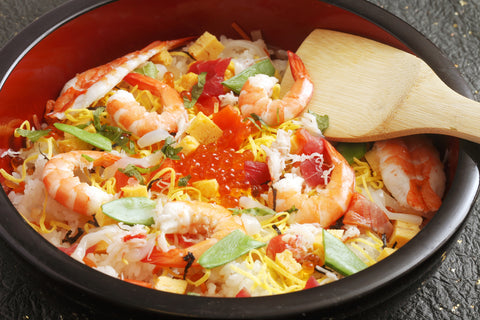
Hishi mochi: diamond-shaped rice cakes made with red, green, and white layers of Japanese sweets.

Sakura mochi: glutinous rice cake with anko (sweet red bean paste) filling. It’s wrapped in a pickled sakura leaf.
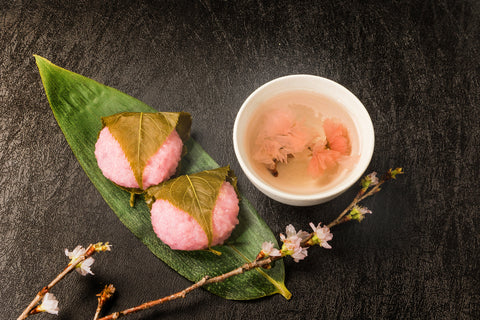
Ichigo daifuku: strawberries wrapped in anko and glutinous rice cake.
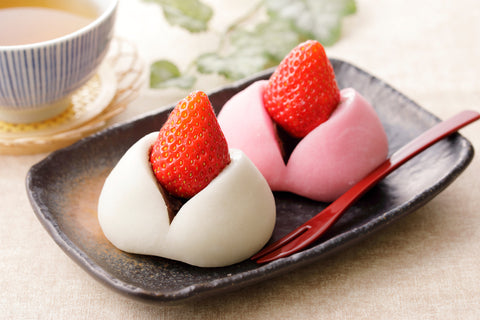
Embrace the Magic of Springtime: Discover Japan's March Events with Bokksu Snack Box

You can now experience the magic of Japan's spring season from the comfort of your home. No matter where you are in the world, Bokksu's curated selection of snacks and treats will bring a taste of Japanese culture right to your doorstep. Subscribe to Bokksu Snack Box before we send out our upcoming Cherry Blossom themed box. It will include a special gift for annual subscribers. Stay tuned for more information about this mystery gift. Your first box is just a start, as we’ll continue to deliver carefully curated and authentically Japanese boxes of treats each month.
Subscribe right away so you don’t miss out on this year’s sakura celebrations.
Author Bio























